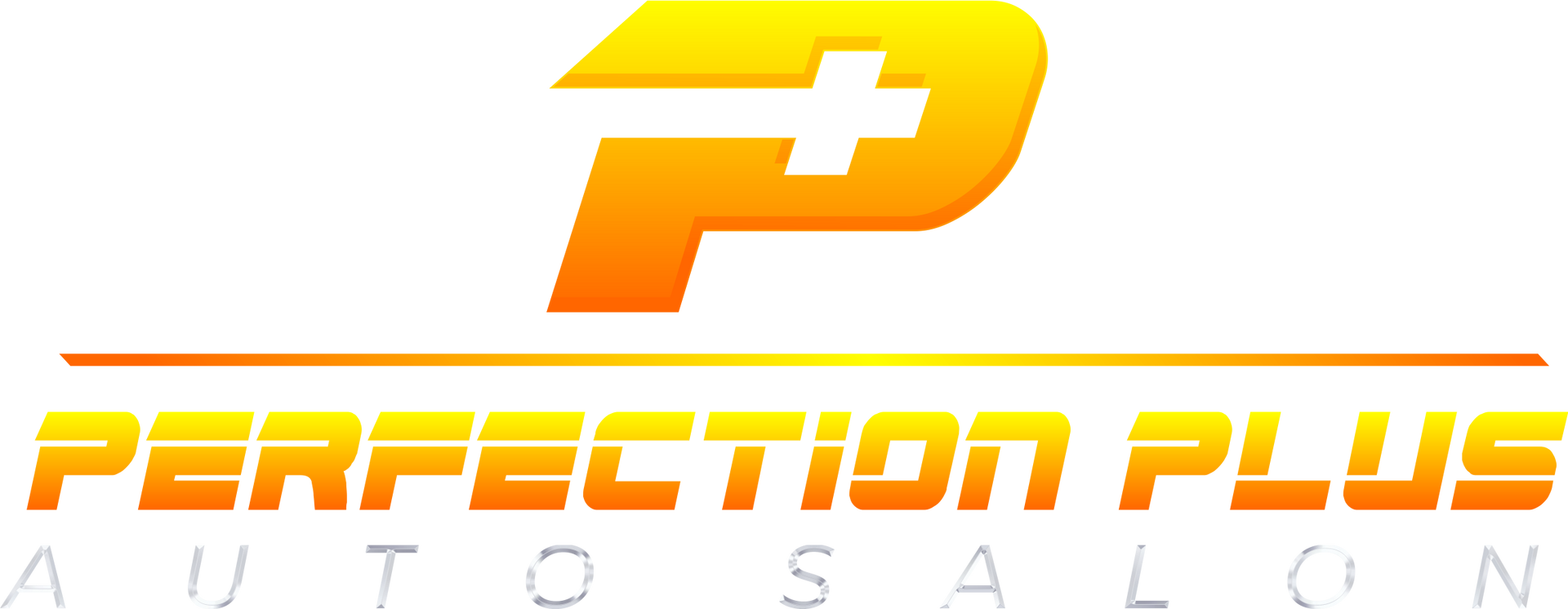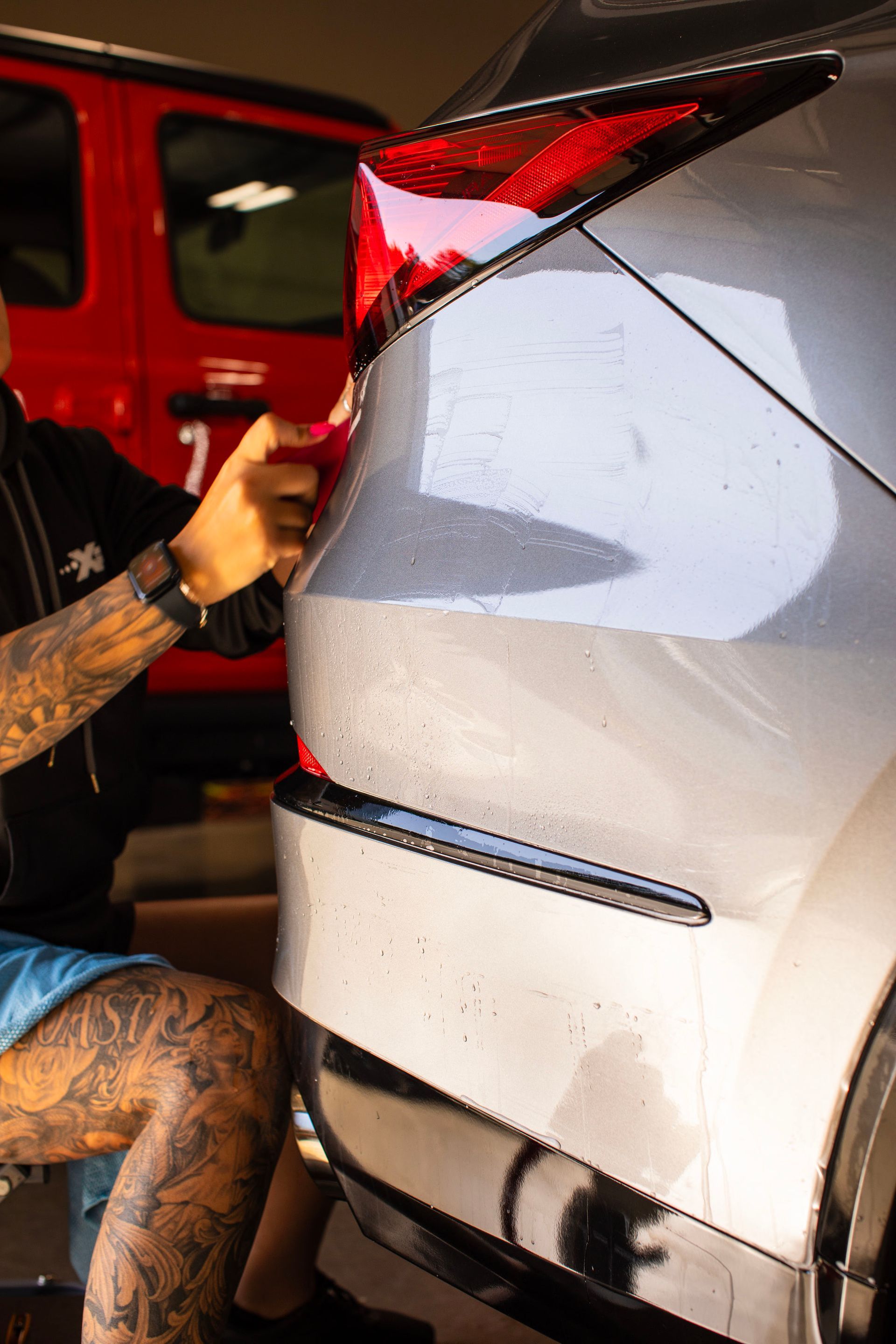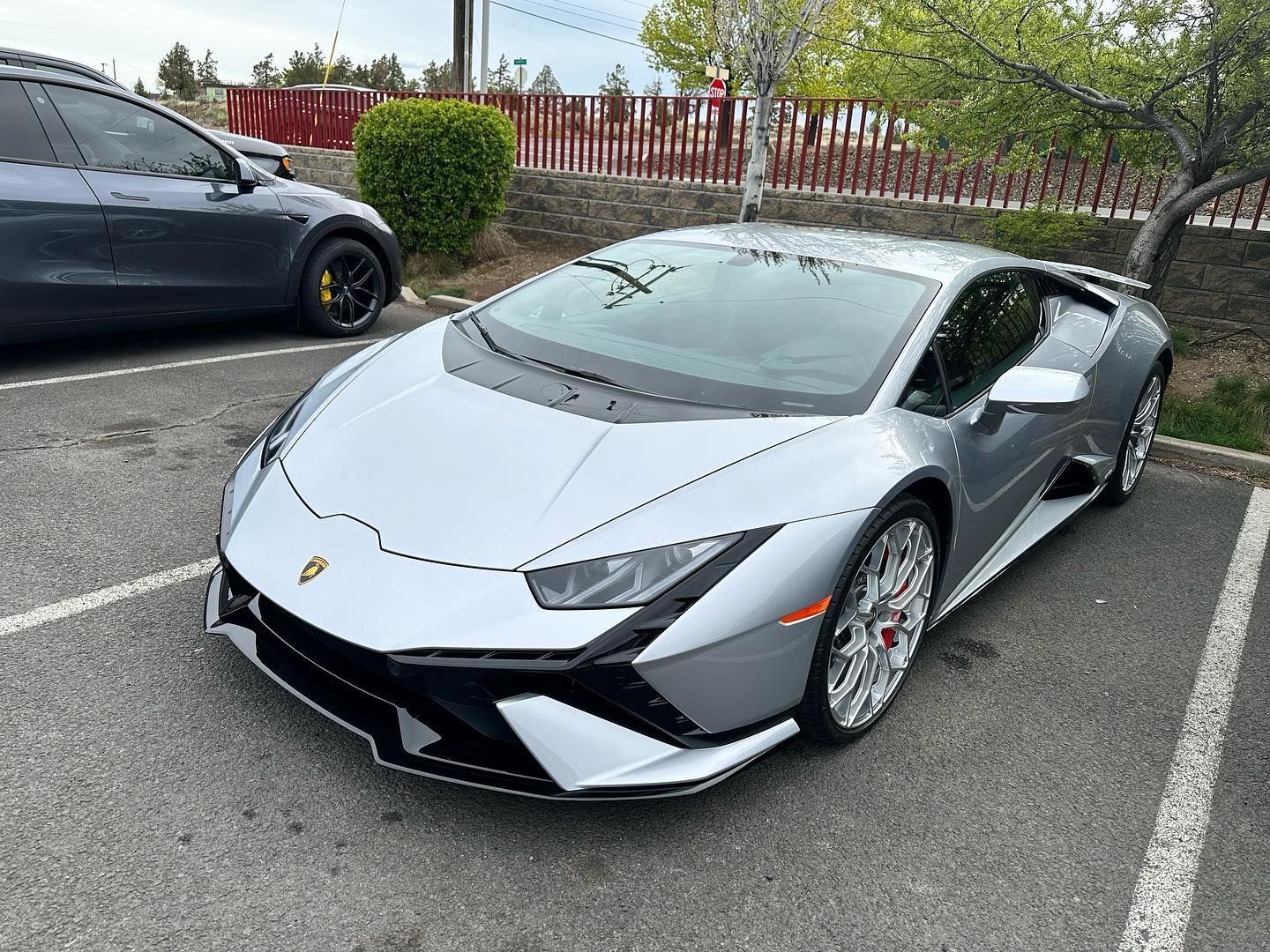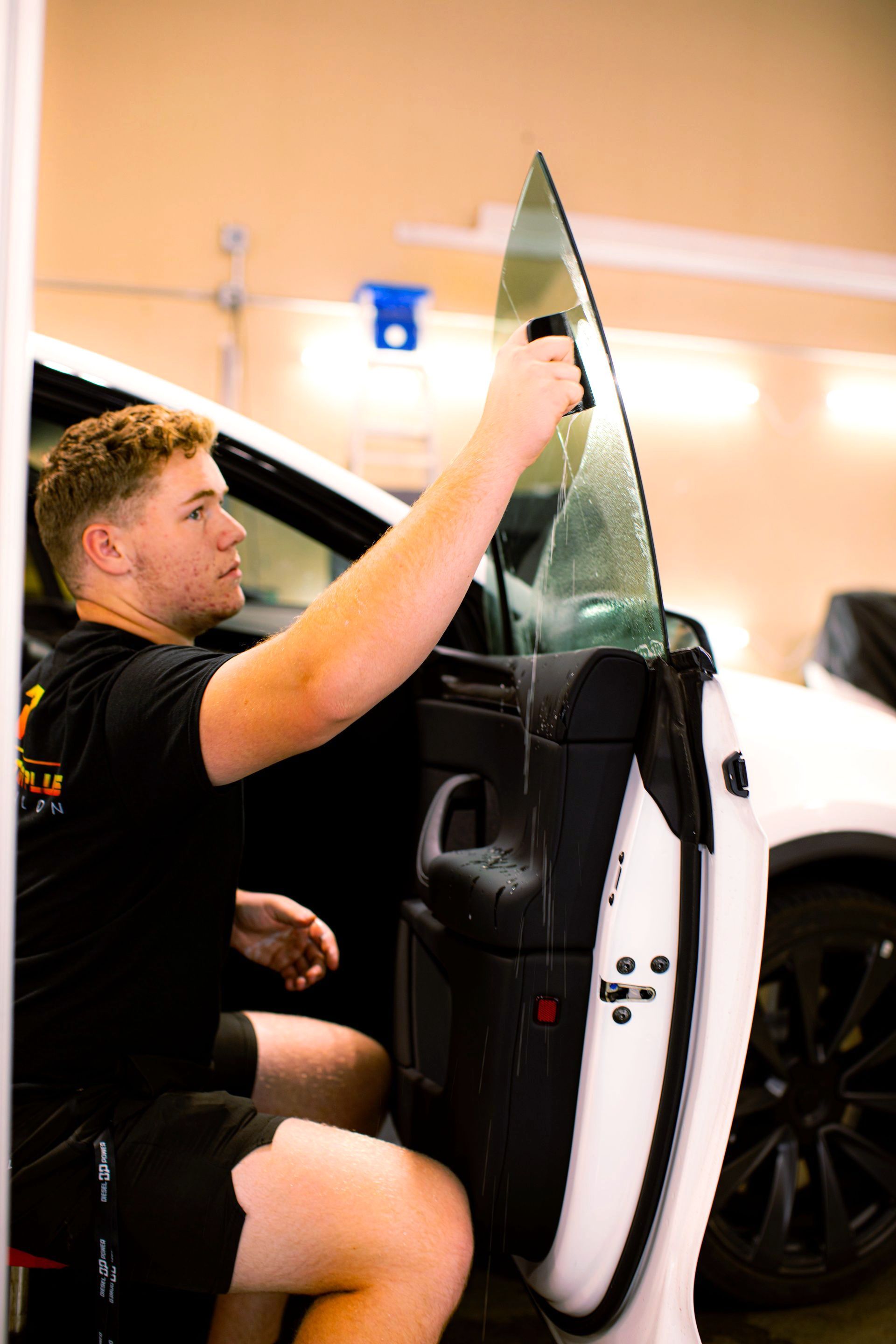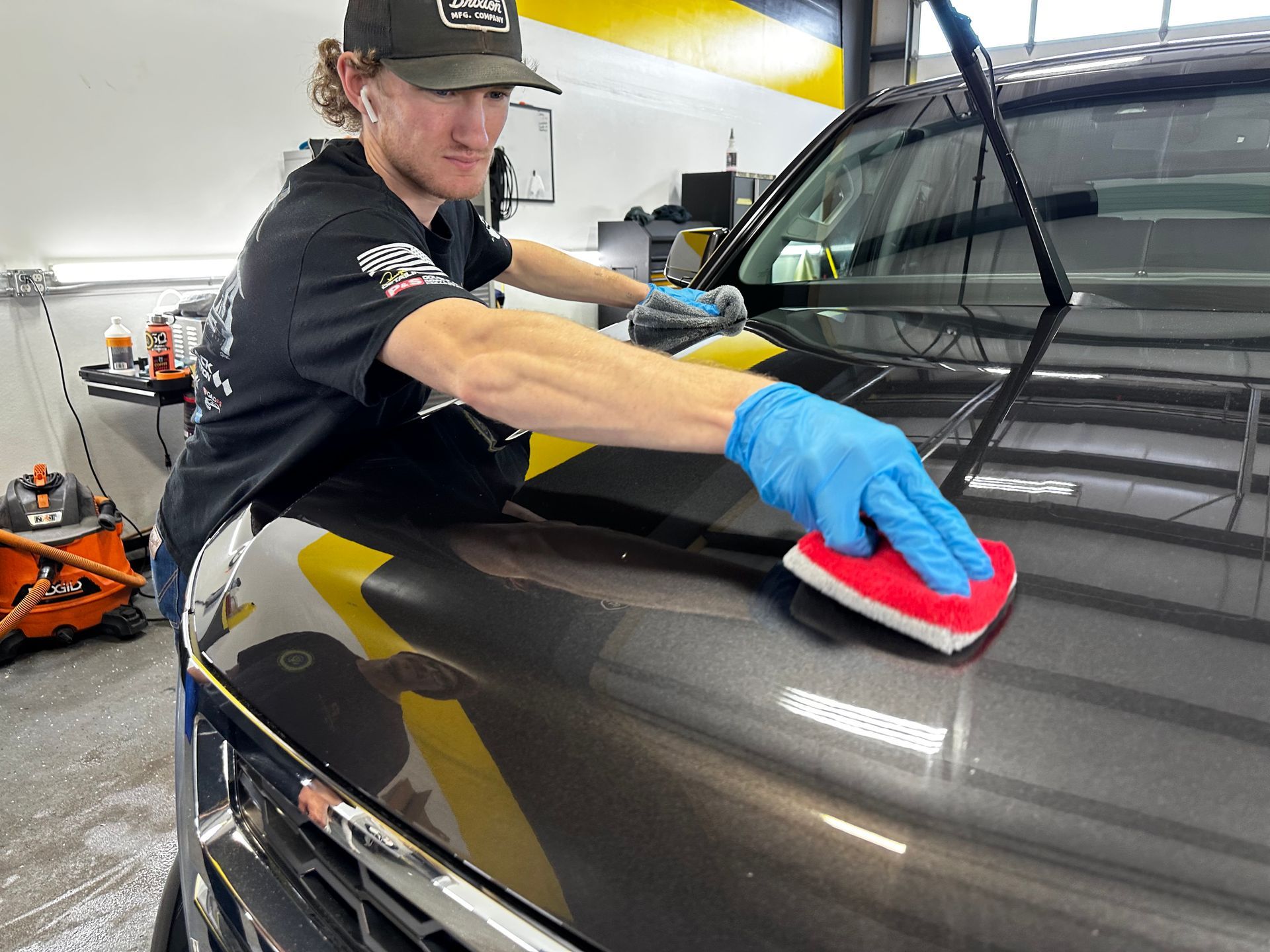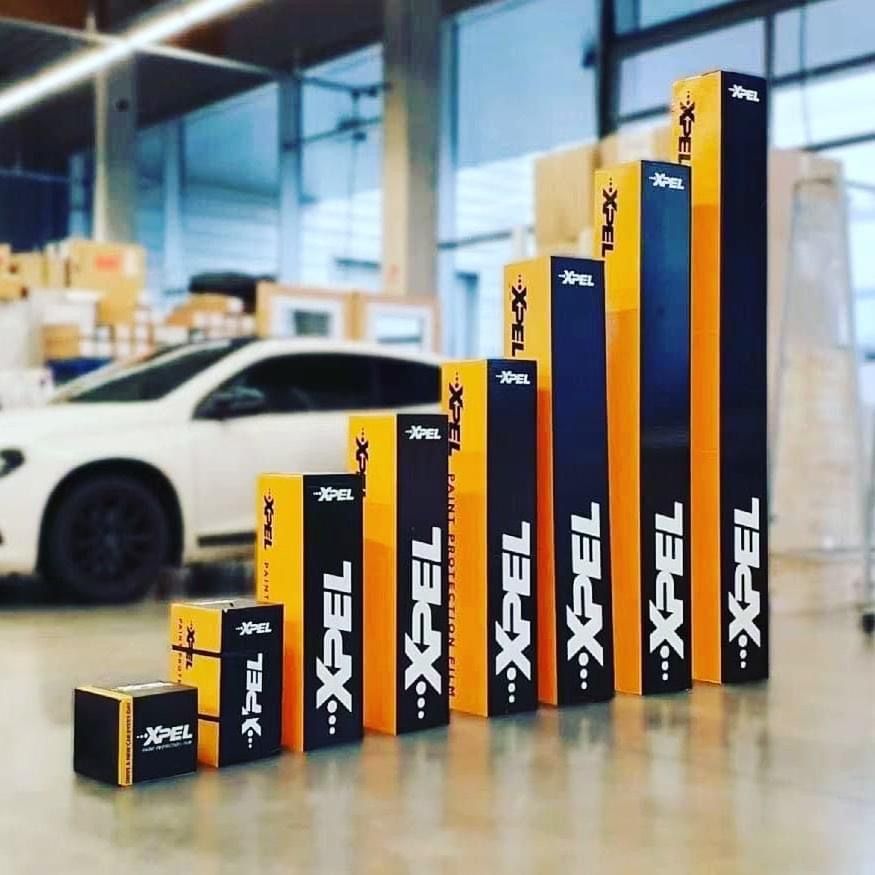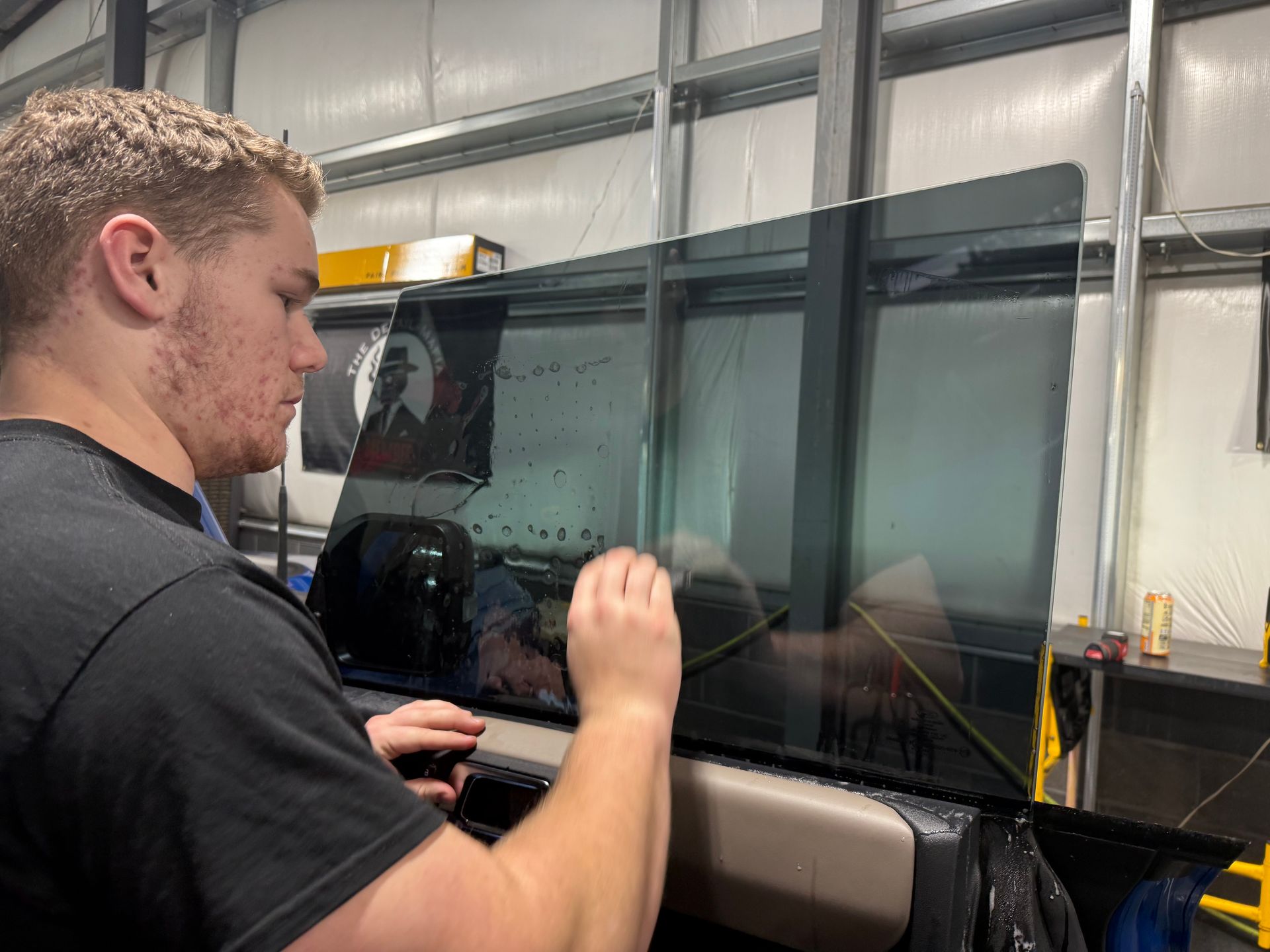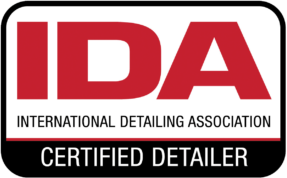Discover How High-Gloss PPF Enhances Your Car's Shine and Protection
GET A FREE ESTIMATEImagine going to the garage on a Sunday morning, eager to admire the sleek shine of your prized car. It's more than just metal and paint; each curve and line tells a story of passion and dedication. However, the smallest scratch can mar that perfect picture, causing frustration and concern over how to maintain its pristine appearance. This is where high-gloss paint protection film steps in. Unlike traditional protective options, PPF transforms your car's exterior into a mirror-like finish while shielding it from daily wear and tear.
High-gloss paint protection film enhances the shine of your car by providing a smooth, reflective surface that evenly distributes light, resulting in an attractive glossy finish. While it doesn't directly increase paint brightness, its protective qualities safeguard against scratches and environmental damage, maintaining the car's overall aesthetic appeal over time.
Transforming Your Car's Appearance with High-Gloss PPF
The impact of high-gloss paint protection film on your vehicle's look is profound. Once applied, it acts almost like a magical cover that not only enhances but elevates your entire vehicle to a level that feels brand new. Imagine the way sunlight dances off a polished surface; that's precisely what high-gloss PPF accomplishes. Not only does it preserve your car's original paint, but it enhances it by magnifying colors and adding depth. This mirrored finish showcases every curve, contour, and intricate detail of your vehicle's design.
Each time you glance at your car, you'll likely find new facets of its beauty shining back at you, a testament to the meticulous engineering behind high-gloss PPF. Picture this: You've parked your car under a warm sun and taken a moment to appreciate the gleaming surface reflecting the surroundings—this is where aesthetics meets functionality. What sets high-gloss paint protection film apart is its ability to create a barrier that maintains and even amplifies the vibrancy of your car's paint. Unlike traditional waxing or polishing, which can fade or wear off over time, high-gloss PPF provides long-lasting protection against scratches, environmental contaminants, and UV damage—all while ensuring that jaw-dropping shine remains intact.
Luxury vehicles are not the only concern; everyday drivers find immense satisfaction from this upgrade as well. Whether it’s the sleek lines of a Tesla Model 3 or the classic elegance of a BMW 5 Series, high-gloss paint protection film offers a striking enhancement across various models. It's about expressing individuality while protecting against the unavoidable elements that nature throws at us—road grime, bird droppings, or unwanted scratches. With such striking results in both looks and durability, it's clear why many choose to invest in this innovative solution for their vehicles.
The Science Behind High-Gloss Finish
High-gloss paint protection film is crafted from a special urethane-based material that stands out for its remarkable durability and flexibility. This unique quality allows the film to conform snugly around the contours of your vehicle while still providing a robust layer of protection. What truly elevates high-gloss PPF is its ability to refract light in such a way that it enhances the underlying color and depth of your car’s paint job.
When light hits the PPF surface, it bends and shifts multiple times due to its carefully engineered structure, resulting in an intensified visual effect. This process, known as "multi-layer optical clarity," functions similarly to multiple clear coats applied during a traditional paint job. Each layer works seamlessly with the others, augmenting the vibrancy of the base color and creating an inviting depth that draws the eye. Think of it as polishing a gem; each facet captures and reflects light uniquely, offering a richer visual experience.
Furthermore, this high-gloss film serves not just to amplify the shine but also acts as a formidable barrier against environmental threats. High-gloss PPF can reduce UV radiation exposure, effectively preventing your car's paint from fading over time. The refractive properties also mean that dirt and grime are less likely to adhere to the surface, making maintenance easier for car owners. In addition to UV protection, high-gloss paint protection film exhibits self-healing properties. When exposed to heat—say from sunlight—it can erase minor scratches and swirl marks, restoring its pristine appearance without expensive polish jobs.
When you invest in high-gloss paint protection film for your vehicle, you harness cutting-edge science that combines both beauty and resilience. By employing advanced materials designed specifically for maximum light refraction and weatherability, you're not merely protecting your vehicle; you're enhancing its very essence—making every drive pleasurable and every glance admiring.
Benefits of High-Gloss PPF Protection
High-gloss paint protection film offers more than just a sleek and shiny finish for your vehicle. It also provides robust protection for your car's surface, preserving both its aesthetic and functional integrity. Below are the key benefits of high-gloss paint protection films:
- Scratch and Chip Resistance: High-gloss PPF forms a urethane barrier that absorbs impacts from road debris, preventing scratches and chips. Whether driving on rough roads or encountering gravel, the protective layer keeps your vehicle’s surface pristine.
- UV Protection: The film shields your car’s paint from harmful ultraviolet rays that cause fading and dullness. By preventing UV damage, high-gloss paint protection film maintains vibrant colors and a showroom-like shine for years to come, much like sunscreen for your vehicle.
- Self-Healing Properties: Minor scratches from daily use disappear when exposed to heat. This self-healing feature keeps your vehicle looking new, reducing the need for constant touch-ups and repairs.
- Chemical Resistance: High-gloss paint protection film protects against harmful contaminants such as bird droppings, tree sap, and industrial fallout. It resists staining and corrosion, even when these substances sit on the surface for extended periods.
- Enhanced Resale Value: Cars protected by high-gloss PPF retain their aesthetic appeal longer, often leading to a higher resale value. A well-maintained vehicle is a strong selling point, and the film helps preserve its exterior condition.
- Increased Impact Resistance: Choosing a thicker urethane layer provides enhanced protection against larger road hazards. This extra thickness adds an additional buffer, safeguarding your vehicle from more significant impacts and extending its longevity.
With these benefits, high-gloss paint protection film not only enhances your car’s appearance but also ensures lasting protection and value.
Application Process for Optimal Results
- Surface Preparation: The journey to achieving a flawless finish with high-gloss paint protection film (PPF) begins with robust surface preparation. This step is critical, as it directly influences the adhesion of the film. Start by thoroughly washing your car with pH-neutral soap to eliminate dirt and grime. Once you've rinsed the vehicle, use a clay bar—a tool designed to capture microscopic contaminants—to decontaminate the surface. By gliding the clay bar over the paint, you'll lift away any bonded substances that might compromise the film’s attachment. This process ensures that you start with a perfectly clean canvas. After ensuring that your surface is prepped, the next vital step involves precise alignment and application.
- Surface Preparation: With an immaculate surface prepared, it's time to move on to alignment and application of the paint protection film. Begin by taking the film and aligning it carefully along the contours and edges of your vehicle, ensuring that each position follows the natural curves of the bodywork. To facilitate this, utilize a slip solution—a blend of soap and water—which will allow you to reposition the PPF as necessary without prematurely adhering it to the surface. Once you've achieved perfect alignment, use a squeegee to push out any trapped solution from the center of the film toward the edges. This motion not only eliminates bubbles but also affirms a tight bond between the film and your car’s paint.
- Alignment and Application: Upon completing a seamless application, it’s crucial to focus on trimming and final inspection. You’ll want to take a sharp blade and carefully trim away any excess film at the edges and corners for a clean finish. This step requires patience; rushing could lead to unsightly gaps or uneven edges. Once trimmed, take a moment to inspect your work thoroughly; look for any bubbles or imperfections that may have escaped notice during application. If you encounter any stubborn bubbles, don’t hesitate to employ a heat gun for contouring—the warmth will activate self-healing properties within the film, allowing minor blemishes to dissipate.
Understanding these steps will undoubtedly lead to an impressive outcome with high-gloss paint protection film, revealing both beauty and durability on your vehicle's finish.
Reasons to Choose High-Gloss PPF
High-gloss paint protection film is a compelling option for any car enthusiast or owner who values both aesthetic appeal and superior protection. One of the primary reasons to choose high-gloss PPF is its ability to shield your vehicle's paint from harmful elements. This includes everything from UV rays, which can fade paint over time, to small debris that can cause chips and scratches during regular driving. Research shows that high-gloss PPF can block damaging UV rays, significantly reducing the risk of paint oxidation and maintaining that fresh-off-the-lot appearance. This advantage resonates particularly with those in harsher climates, where elements can take a toll on a vehicle’s surface.
Another significant benefit is the self-healing properties of this advanced material. When exposed to heat—from sunlight, for instance—minor scratches can vanish almost like magic, resulting in less upkeep and longer-lasting perfection. Imagine pulling into your garage after a day of driving and discovering that small blemishes have simply disappeared. That’s a key reason many opt for this cutting-edge technology. Regular light cleaning also enhances the longevity of the film itself. Using mild soaps and avoiding harsh chemicals will keep both the gloss and protective features intact, thus maximizing your investment.
Additionally, high-gloss paint protection film serves as an invisible armor against environmental hazards such as bird droppings, tree sap, or road salt, which can stain and degrade your vehicle's finish over time. The convenience of having peace of mind while parking under a tree or going for a drive in rain-soaked conditions cannot be overstated. Choosing high-gloss PPF means you'll maintain the shine and appeal of your car while ensuring it withstands the daily wear-and-tear associated with being on the road. For luxury car owners, particularly, applying high-gloss paint protection film elevates their vehicles without compromising on luxury or aesthetic integrity.
If preserving the beauty of your car while providing extensive protection sounds appealing, considering high-gloss PPF might just be one of the best decisions you make as a car owner. High-gloss paint protection film offers an exceptional balance between aesthetic enhancement and robust defense against various hazards, making it an invaluable addition for any car owner looking to protect their investment while turning heads on the road.
Trusted Paint Protection Film Service in Bend, OR
Perfection Plus Auto Salon offers
trusted paint protection film services in Bend, OR, designed to defend your vehicle against scratches, rock chips, and other road hazards. Our expertly installed PPF preserves your car’s paint while maintaining its original appearance, ensuring long-lasting protection without compromising style. With precision and top-tier materials, we provide a reliable solution to keep your vehicle in pristine condition. Trust Perfection Plus Auto Salon for the ultimate paint protection film service that shields your investment from the daily wear and tear of the road! Call us at (541) 598-6193 to get started!
